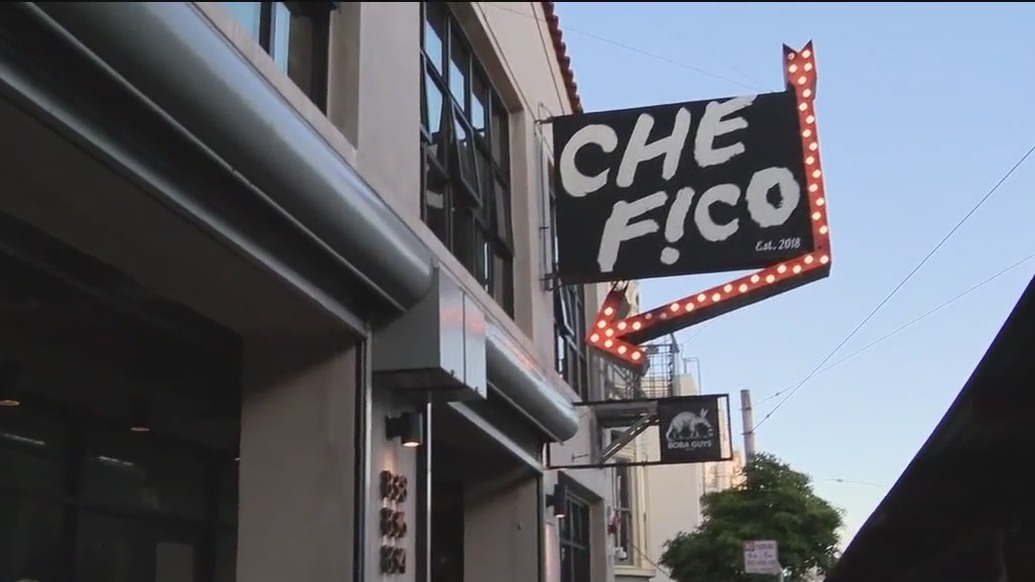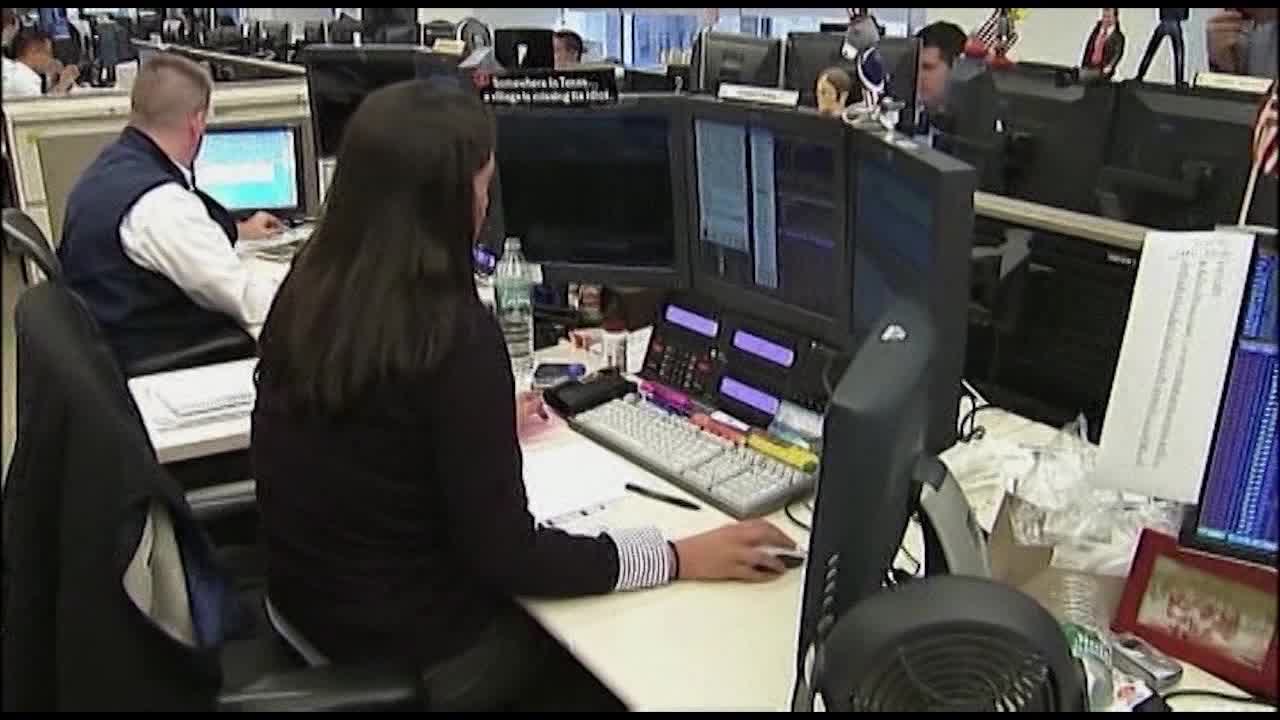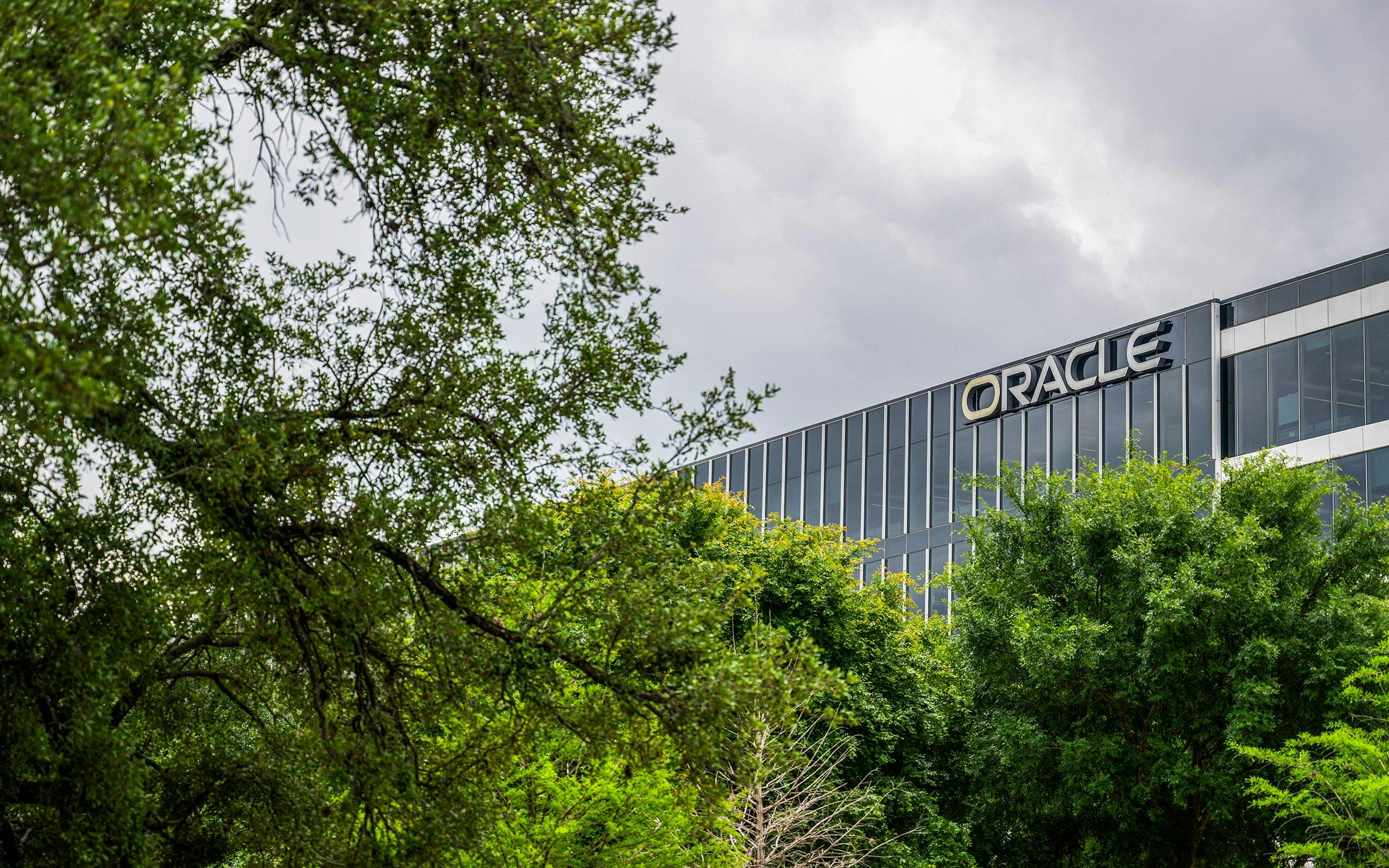California
Will $20 minimum wage crush fast food in California?

California is on the cusp of putting the fast-food industry into a curious economic experiment – mandating a custom minimum wage for larger restaurant chains.
Come April, fast food’s biggest players will be paying workers $20 hourly vs. 2024’s statewide $16 wage floor. The thinking behind the legislation is that the industry’s workers have long been underpaid, and a bold move was required to get these poorly compensated workers some hope of surviving California’s high cost of living.
Economic history tells me that this labor-intensive industry, despite all of its protests about the government’s hand in the cost of doing business, has managed to thrive.
Fast food lives in a consumer sweet spot: demand, convenience and relative affordability. And this pay hike – equal to minimum wage increases during the past five years – will create grand economic unknowns.
Will jobs be cut? Restaurants closed? Automation expanded? Will prices skyrocket? A mix of these? Or none of the above? Already we’ve seen Pizza Hut franchisees say they’ll cut 2,000 drivers statewide due to the wage hikes.
But you cannot ignore the other side of this equation. As a workplace, fast food is a tough gig.
It’s typically part-time employment with challenging schedules and few, if any, benefits. This slice of food service workers is paid some of the state’s lowest wages. California food workers, by one federal calculation, earn $18 an hour on average vs. $35 for all workers statewide.
To understand this dichotomy, I filled my trusty spreadsheet with several employment and price stats for fast food – employment at limited-services restaurants; a California slice of the Consumer Price Index for dining out, and the minimum wage’s history.
What you see is that fast food is a significant, quick-growth industry. Limited-service restaurants employed 744,000 Californians in 2023 – that’s 4% of the state’s 18 million jobs.
And fast food’s addition of 431,000 workers since 1990 is nearly 8% of all California job growth. These worker additions are on par with the expansion of jobs in transportation and warehousing or local government.
Or look at it this way: Fast food’s 138% hiring spree since 1990 is triple the 44% job growth seen for all industries statewide.
That expansion happened as California’s minimum wage ballooned from $3.35 in 1990 to $15.50 last year. That’s a 363% jump in pay for the bottom-tier worker – nearly a fivefold pop. And it’s more than double the 167% jump in overall inflation.
And over the 33 years, dining-out costs for all kinds of eateries inflated only slightly more than the CPI – up 182%.
But look at fast food’s ebbs and flows over this third of a century, as I slice economic history into three chapters. Fast food’s quickest growth has come as wages and dining out costs jump the most.
1990-2000: $1 burger wars
This era featured big national chains battling for market share with a host of marketing ploys — from cheap food to big promotions for kids’ meals.
California fast food staffing grew by 107,000 or 34% growth, which doubled the statewide 16% hiring expansion. Fast food equaled 5% of the 2 million hires statewide.
This was a period where the minimum wage jumped 72% to $5.75 from $3.35. That was nearly double the 38% overall inflation rate.
But dining-out prices rose only 29% – likely due to the significant marketing battles of that era. Do you remember the $1 burgers and cheap taco promotions?
2001-2012: Double dips
Two recessions – one of legendary scope – cooled fast food and iced the rest of the California economy.
Still, the state’s fast food industry added only 79,000 jobs in this period or 19% growth. At the same time, however, all other bosses in total cut 37,500 California workers. Remember, the dot-com crash and the Great Recession throttled employers’ willingness to add staff in most industries.
In these economically uncertain times, the state’s minimum wage rose only 39% to $8 from $5.75. The bump was on par with the overall inflation rate.
Yet dining-out prices rose faster, a 43% increase, as busy consumers grew fonder of eating away from home.
2013-2023: The boom
Quick-serve eateries have flourished. Smaller chains brought new flavors and excitement to the industry as pandemic-era twists helped popularize take-out and delivery dining.
Fast food added 236,700 jobs or 47% growth – that’s 7% of all hires and double the statewide 22% hiring pace.
In this period, the minimum wage nearly doubled (to $15.50 from $8) vs. 39% overall inflation – most of that hike coming in the past two years.
Please note that dining-out prices jumped 53%, easily exceeding broader inflation.
Bottom line
Ponder fast food’s pricier competition, full-service dining.
From 1990 through 2015, staffing at these two styles of eating out moved essentially in tandem.
Eight years ago, when the state minimum wage was $9, full-service had 626,000 California workers – up 297,000 since 1990. Fast food staffing was 605,000 – up 292,000 in 25 years.
Fast-forward to 2023. Full-service added just 2,000 positions statewide in eight years. Fast food grew by 139,000.
This growth gap can be tied to everything from changing consumer demands to pandemic business restrictions to fast food’s price advantage.
But far costlier quick-serve meals seem to be a likely outcome of the coming higher minimum wage. Will that ultimately slow fast food’s growth, too?
Jonathan Lansner is business columnist for the Southern California News Group. He can be reached at jlansner@scng.com

California
EV market share sags in California, though EV sales are up

It’s a complicated time for the nation’s largest EV market. California EV sales increased in the first quarter of 2024, but market share still fell, according to a new quarterly report from the California New Car Dealers Association (CNCDA).
The absolute number of EVs sold in California grew from 89,741 in the fourth quarter of 2023 to 90,296 in the first quarter of 2024, the report found. But EV market share still decreased from 21.5% at the end of 2023 to 20.9% in Q1 2024. That’s because new-car registrations grew overall, with even more non-electric vehicles being sold. The rise of EV sales by volume rather than share is a trend that continues from the previous quarter.
2024 Tesla Model Y. – Courtesy of Tesla, Inc.
Tesla’s EV sales lead in California also continues to shrink, the report found. Tesla registrations were down 7.8% from the previous quarter, which itself saw a 9.8% decline in registrations for the once-California-based automaker.
Without a deeper dive into the trends, it might be argued that sagging Tesla sales, not sales of EVs of other brands, are what have caused the recent flattening for EVs in California and elsewhere. That’s because Legacy automakers are selling more plug-in vehicles, the report noted. Mercedes-Benz and BMW saw the highest increases in California in Q1, posting 3% and 2.4% gains, respectively.

2024 BMW iX
EV sales through franchised dealerships also increased 14% in Q1, while direct sales—the model used by Tesla and some startup automakers—saw a 3% drop. Franchised dealerships account for 66% of “alternative powertrain types” in California, according to the CNCDA.
Even with EV sales rising in the rest of the country, California remains near a third of the nation’s EV sales. And even with this market-share hiccup, in the state, one of four new vehicles sold in California has a charge port—although some are plug-in hybrids rather than all-electric models.
California
A look at beavers’ important role in California’s wildfire resistance

SACRAMENTO — Nature’s firefighters might not be what you think.
Beavers. They’ve had a bad reputation. Many call them pests, but they’re far from it. They play such an important role in our ecosystem that their work can even curtail wildfires. Beavers are a keystone species, which means their existence benefits many types of plants and animals.
The California Department of Fish and Wildlife (DFW) is recognizing the role beavers play, implementing a beaver restoration program just last year to aid in drought and wildfire resistance.
“Beaver wetlands are uniquely resistant to the effects of drought and then subsequently to the effects of wildfire,” said Emily Fairfax, who is an assistant professor of geography.
For generations, beavers have been classified as a nuisance. Hundreds of permits are sought after each year by landowners to allow them to kill beavers.
Their knack for engineering doesn’t always agree with human engineering. We like to build roads and houses. They like to flood everything and chew down wood.
“While that can be annoying, it’s that flooding and tree chewing that gives you those benefits like drought and fire resistance,” Fairfax said.
“As we build more and more in California, and in other states, we actually are eliminating wetlands and the beavers try to put them back in,” said wildlife rescuer Michele Dodge.
Without beavers, we could face total degradation of our riverscapes, causing more wildfires. In fact, research is showing their work is helping to prevent wildfires altogether, and that’s why the DFW is turning to beavers as a helpful tool.
“I’ve been studying this the last ten years or so using satellite data and field visits to go out and find these places where beavers have been engineering and see whether or not they burn during wildfire,” Fairfax said. “Pretty much across the board, they’re not burning.”
Beavers create patches of fire refugia, places that either don’t burn at all or burn at a low intensity that’s actually helpful for a variety of plants and animals. The patches are fireproof in even our most intense fires like the Beckwourth and Dixie fires.
“You’re going to be seeing forests that have completely burned the pine trees from roots to tips. The soil is ash at this point and it’s silent cut to, and then you turn the corner and you’ll get to the beaver wetland and it’s completely different,” Fairfax said.
Even in Rancho Cordova, the beavers are helping the environment thrive. Their dams create a safe place for geese to nest and lay their eggs.
“It also creates a safe zone, so if there is a fire animals have a place to retreat,” Dodge said.
In the beaver wetlands, you’ll find lush green landscapes full of life. Beavers like to spread the water around, essentially creating a safe haven from a wildfire. Now with the DFW’s restoration program, beavers have a place to go.
“I’m really excited they’ve done that,” Dodge said. “In the past, if somebody trapped beavers they were killed that was the only solution. Now all the sudden, fish and wildlife, we are creating places we want them released.”
The best part is we don’t have to pay these guys. They just do it for free because that’s what they’re naturally inclined to do. They’re nature’s tool against wildfires.
California
California climbers buried in avalanche at 12,000 feet carried to safety after daring 11-hour rescue

A pair of thrill-seeking climbers were buried in a massive avalanche on a California mountain over the weekend — and it took 11 hours to get them both down to safety, authorities said.
The two adventure seekers were trying to summit Mount Shasta on Saturday when they found themselves in the path of a wave of snow, which sent one of them plummeting 1,000 feet down the side of the mountain — aptly known as Avalanche Gulch, the Siskiyou County Sheriff’s Office said on Facebook.
The sheriff’s office received a 911 call from one of the injured climbers shortly before 12:30 p.m., saying he was hurt and stranded at 12,200 feet, while his buddy lay buried further down the slope.
That’s when the rescue operation hit a snag.
“Strong winds and poor visibility inhibited the helicopter’s ability to safely land near the climbers, so the SCSO Search and Rescue Team mobilized, along with US [Forest Service] Climbing Rangers and a group of professional mountain guide volunteers to begin an extraction operation on foot,” the office said.
A break in the weather allowed the chopper to eventually managed to land just above the tree line — about 6,000 feet below the injured climbers. Rescuers climbed into the night on foot and were able to carry the two men down the mountain and onto the chopper around midnight.
Both men, described as expert mountaineers who sought to snowboard down from the summit, suffered non-life-threatening injuries and were recovering at an area hospital.
One climber suffered a knee injury and the other, who was hurled down the mountain by the avalanche, suffered a broken femur and a “deep crampon puncture wound,” officials said.
The sheriff’s office said the heart-pounding rescue should serve as a cautionary tale about the dangers and unpredictable conditions on the 13,000-foot peak.
“It is worth noting that the two climbers caught in the April 27 avalanche were highly skilled mountaineers with extensive experience on Mount Shasta,” the department said.
“Their ordeal and the 11-hour rescue process that followed are reminders that no amount of experience makes one immune to the hazards encountered on Mount Shasta, and that ever-changing mountain conditions can turn a rapid-extraction operations into a time and resource-intensive process.”
Police did not release the names of the two injured climbers.
-

 Education1 week ago
Education1 week agoVideo: Dozens of Yale Students Arrested as Campus Protests Spread
-

 World1 week ago
World1 week agoEU sanctions extremist Israeli settlers over violence in the West Bank
-

 Politics1 week ago
Politics1 week agoFetterman hammers 'a–hole' anti-Israel protesters, slams own party for response to Iranian attack: 'Crazy'
-

 World1 week ago
World1 week agoPeriod poverty still a problem within the EU despite tax breaks
-

 Politics1 week ago
Politics1 week agoA battle over 100 words: Judge tentatively siding with California AG over students' gender identification
-

 Movie Reviews1 week ago
Movie Reviews1 week agoShort Film Review: Wooden Toilet (2023) by Zuni Rinpoche
-

 World6 days ago
World6 days agoHaiti Prime Minister Ariel Henry resigns, transitional council takes power
-

 News7 days ago
News7 days agoLarry Webb’s deathbed confession solves 2000 cold case murder of Susan and Natasha Carter, 10, whose remains were found hours after he died

















